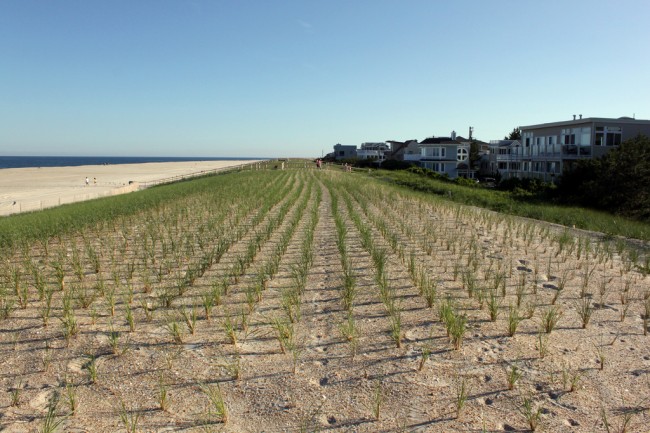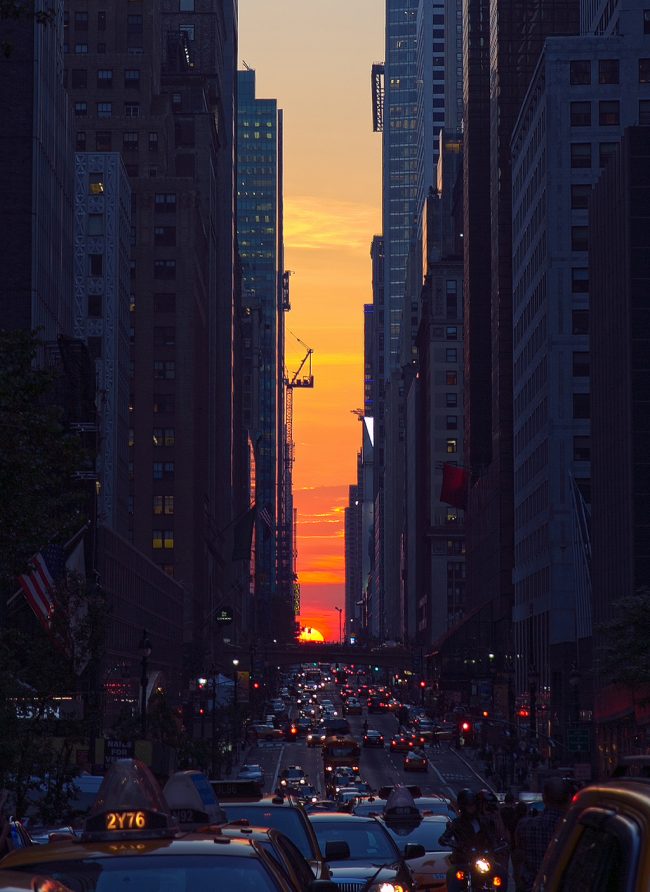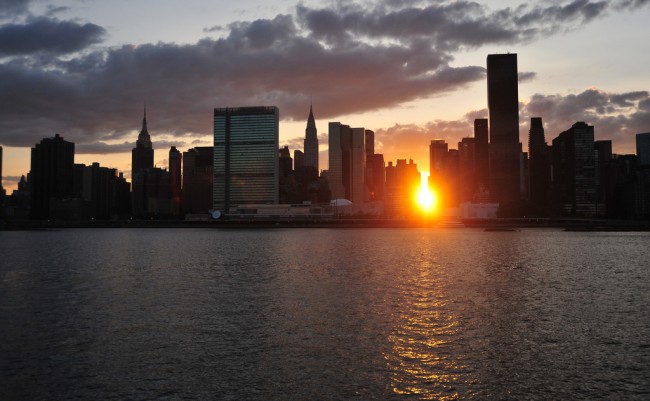
We are celebrating 15 years — and counting — of stories that are deeply researched and deeply felt, that build a historical record of what the city has been.
We are celebrating 15 years — and counting — of stories that are deeply researched and deeply felt, that build a historical record of what the city has been.
Mapping Urban Apples and Oranges
Analyzing global data on global cities can frequently feel like comparing apples and oranges. For Urban Observatory, a new interactive online mapping tool, designers amassed data on traffic patterns, youth population, housing density, and more to create an easy-to-use tool that standardizes and visualizes information at matching scales across three cities of your choosing. The result is a powerful resource that lets you “simultaneously view answers to the most important questions impacting today’s global cities.”
Red Hook Streetcar
Bob Diamond (best known for his rediscovery of the Atlantic Avenue tunnel in the 1980s) has been working for over two decades to bring streetcar service back to Brooklyn. Now, he might be one step closer to realizing a proposal to connect transit-isolated Red Hook to Borough Hall. The Gowanus Community Development Corporation has come out backing the idea, as has a powerful local business interest, making Diamond optimistic about the plan’s potential during the next mayoral administration.
Hip Hop Celebrates Parks
Parks offer city dwellers a slice of greenery, a space to pause, and quite simply, a place to hang out. In urban neighborhoods across the country, parks became stages for the development of Hip Hop music and culture in the 1970s and ’80s. Check out writer Ben Adler’s homage to these spaces: a mixtape of songs “that celebrate the role of parks in city life.”

Sand Dunes in Harvey Cedars, NJ | Photo via Bossi
SCOTUS
The Bill of Rights protects private property from government seizure for public use without just compensation. But when do regulations on land use reach a critical mass to constitution a “taking” — when regulations amass to the point of de facto seizure? In Koontz v. St. Johns River Water Management District, the Supreme Court clarified the precedents set forth by two previous court cases regarding the government’s power to impose restrictions on the land-use of private property. In doing so, the Supreme Court declared that in issues of land-use regulation — including demanding money in exchange for the issuance of a permit, as in Koontz’s case — government demands of a landowner must be directly related in nature and be proportionate to the impact the proposed development may have on the public. The ruling amounts to an expansion of landowner’s rights and might make future public projects involving private land a bit more difficult and expensive.
Sandy Sand Dunes and Aid
In other legal news, New York’s Court of Appeals overturned a lower court ruling on Monday, in which the borough of Harvey Cedars, NJ was forced to award $375,000 to a couple after blocking their ocean views with protective sand dunes. With this decision, towns located on barrier islands should have an easier time getting residents on board with the $25 million dune reconstruction project. In contrast, in extremely vulnerable areas such as Broad Channel, Queens, residents are begging for city aid to help them rebuild and safeguard their homes. However, there are still questions on whether it is worthwhile for the government to allocate funds to regions that are prone to frequent flooding due to tides and heavy rains.
Stilted Architecture
An old architectural strategy is increasingly re-emerging and changing the built quality of coastal communities across the nation’s shorelines. Raising houses out of the way of flooding on stilts is not only becoming more popular, but is increasingly required by city code and insurance regulations in waterfront communities from the Gulf Coast to the Jersey Shore. Metropolis takes a look at the architectural missteps, ramifications, and future of this strategy for residents and the built quality of coastal neighborhoods.
A Square Grows in Brooklyn
Brooklyn will soon have its own version of Bryant Park. The new Willoughby Square will bring just over one acre of open space to Downtown Brooklyn along with cafes, gardens, and retail establishments. To make it all possible, the square will sit atop North America’s largest automated parking facility. The 700-space underground garage will partially finance the construction of the square above, all part of the City’s continued efforts to revitalize Downtown Brooklyn.
Airport Improvements
Fed up with the quality of New York City airports, real estate developer Joseph Sitt has launched the Global Gateway Alliance, a group dedicated to lobbying city, state, and federal officials for funds to improve the city’s airports. Sitt has personally pledged $1 million towards the Alliance, and he insists, “If I don’t do something about this, no one else will.”
An Icon Shapes a Condo
The built environment strongly affects popular culture, but sometimes it happens the other way around. In 1936, Pepsi-Cola built a billboard atop its bottling plant in Long Island City, Queens. The plant has closed but, after a few moves, the sign remains clearly visible from much of Manhattan’s East Side. In reverence to the piece, the architects of a new condominium adjacent to the site have designed a setback in the building to create a “shadow box” that will preserve and enhance the presence of the iconic piece on the East River’s shores.

Photo via Greg Chow

Photo via Asterio Tecson
Manhattanhenge
Make your way out to the streets of Manhattan tonight! Manhattanhenge, a phenomenon in which the setting sun aligns perfectly with Manhattan’s street grid, is happening this weekend. Check out the full sun on the grid tonight at 8:23pm, or half the sun on the grid tomorrow at 8:24pm.
The Roundup keeps you up to date with topics we’ve featured and other things we think are worth knowing about.
The views expressed here are those of the authors only and do not reflect the position of The Architectural League of New York.